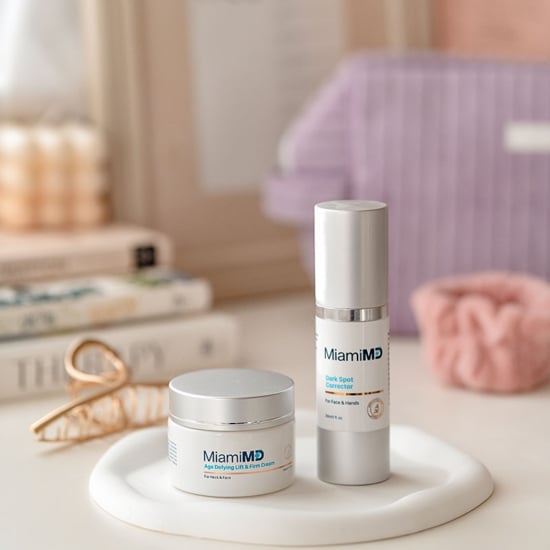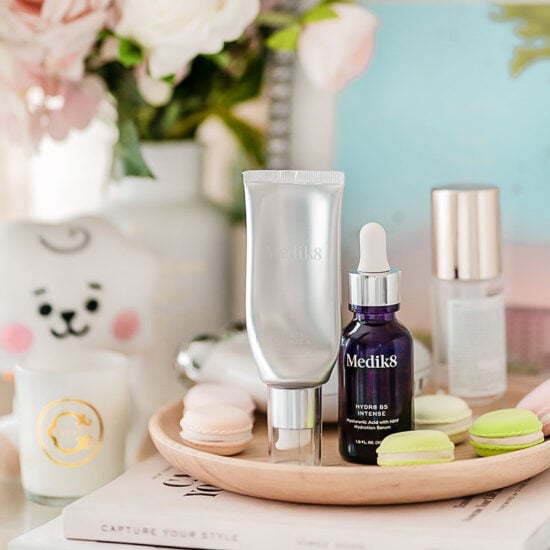Similar to niacinamide, vitamin c is another powerful antioxidant that also provides a wealth of benefits to the skin:
- protects against free radical damage from UV rays (source, source). This effect can be further enhanced when combined with vitamin E and other antioxidants (source, source, source, source)
- increases collage production (source, source)
- helps repairs cells damaged by free radicals (source)
- reduces the appearance of fine lines, roughness, and dullness – all signs associated with aging and/or sun damage (source, source, source)
- maintains a healthy moisture barrier (source)
- protects again dark spot formation and skin discoloration caused by UVA rays (source)
- reduces hyperpigmentation (source, source, source)
If you read the studies done on vitamin c, you’ll notice most of them reference ascorbic acid, which is the most potent form that is readily absorbed by the skin and doesn’t require conversion for it to have an effect. However, it’s also the least stable and irritating of all forms, as it needs to have a pH of 3.5 or lower (when in a water-based solution) to be effective.
There are other forms of vitamin c (see below) that are more stable and less irritating to the skin, but they require the skin to convert them to ascorbic acid first to get the results.
Terms to look for: (l-)ascorbic-acid, sodium ascorbyl phosphate, magnesium ascorbyl phosphate, ascorbyl palmitate, ascorbyl glucoside








